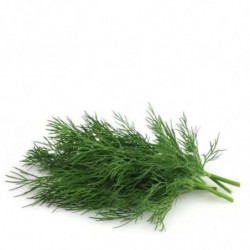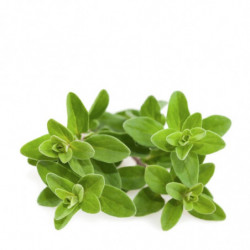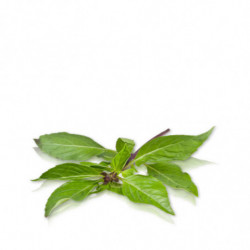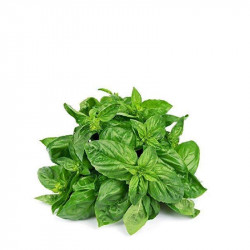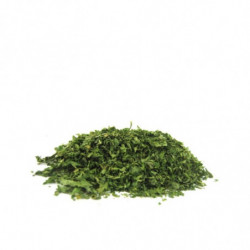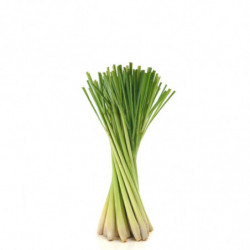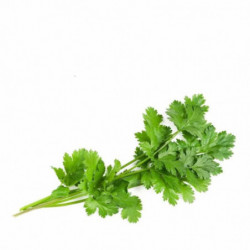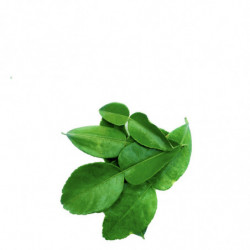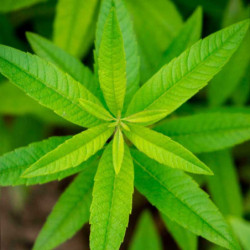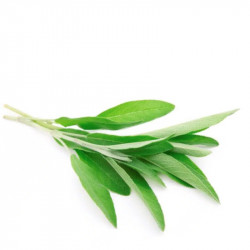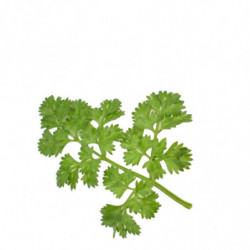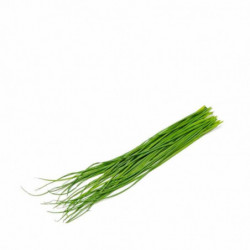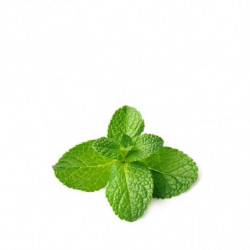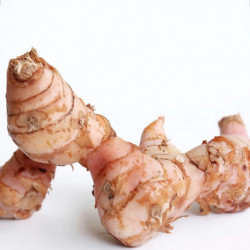Dill: Origin and Varieties
Dill (Anethum graveolens) is an aromatic herb native to Asia (India and Iran) belonging to the umbelliferous family, such as fennel, parsley, or celery. Dill has an annual life cycle and usually reaches a height of 30 to 45 centimeters, although it can grow up to one meter. It has thin and delicate leaves, with a grayish-green color, and yellow flowers that are grouped in umbels. Dill is used for both culinary and medicinal purposes. Its leaves and seeds have an aniseed flavor and are used to season fish dishes, soups, salads, sauces, or pickles. Its seeds are also used to make infusions or essential oils with digestive, carminative, antispasmodic, and antibacterial properties.
Dill Varieties:
There are different types of dill that can be cultivated and used, basically divided into three: common or European dill (Anethum graveolens var. graveolens), Indian dill (Anethum sowa), and Persian dill (Anethum graveolens var. hortorum).
-
Common or European Dill: It is the most known and cultivated. It has very fine and fragrant leaves and small elongated seeds. It is an early variety that adapts well to different climatic and soil conditions.
-
Indian Dill: It is a variety native to India that has wider and less aromatic leaves than common dill. Its seeds are larger and rounder and have a sweeter flavor. It is mainly used for medicinal purposes, as it has anti-inflammatory, antioxidant, and antidiabetic properties.
-
Persian Dill: It is a variety native to Iran that has denser and greener leaves than common dill. Its seeds are smaller and oval-shaped and have a stronger flavor. It is mainly used for culinary purposes, especially for making pickles.
Within each variety of dill, there are also different cultivars distinguished by their size, shape, color, or resistance to certain pests or diseases. Some examples are: Bouquet, Redut, Gribovsky, Granadero, Fernleaf, Dukat, Superdukat, Delikat, Vierling or Hercules.
